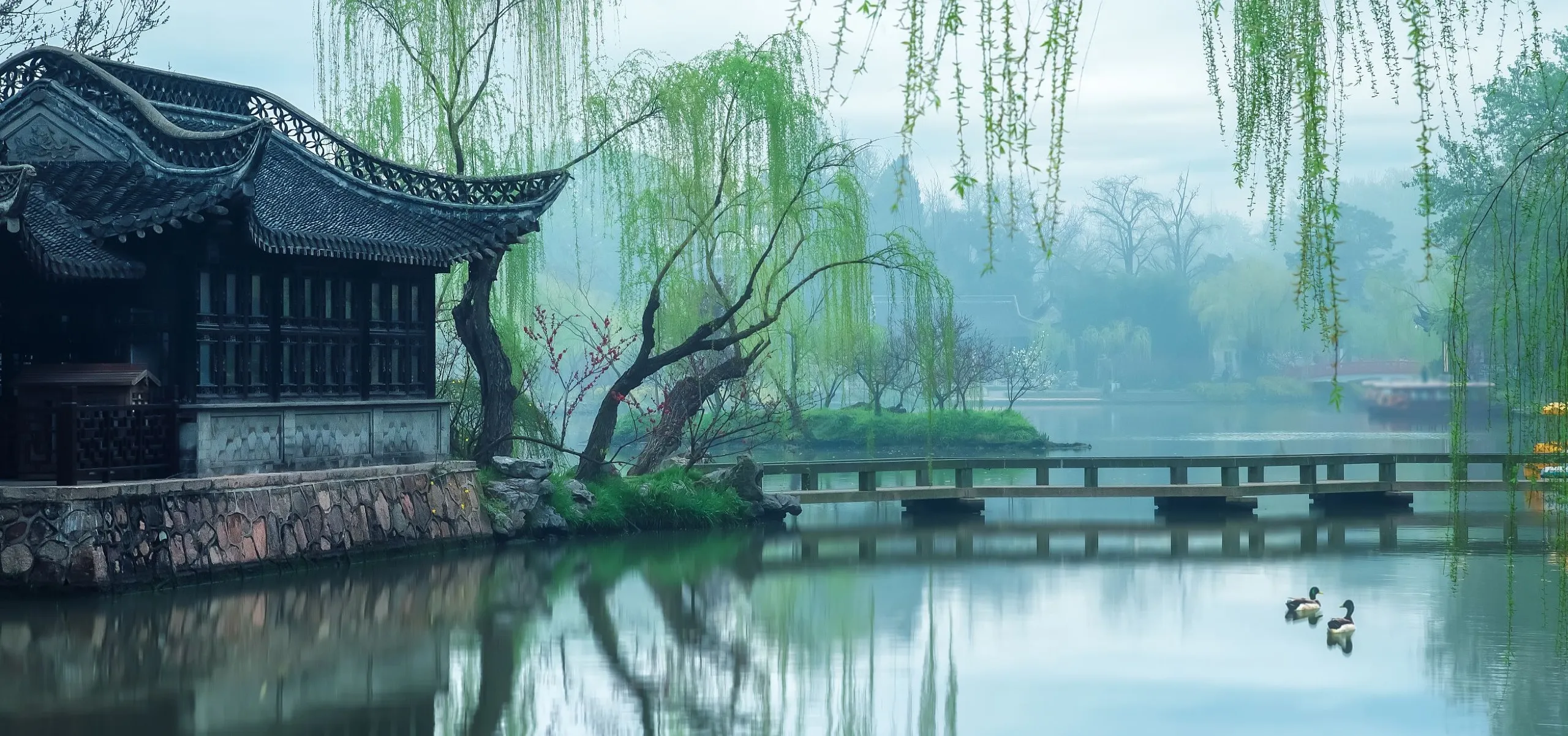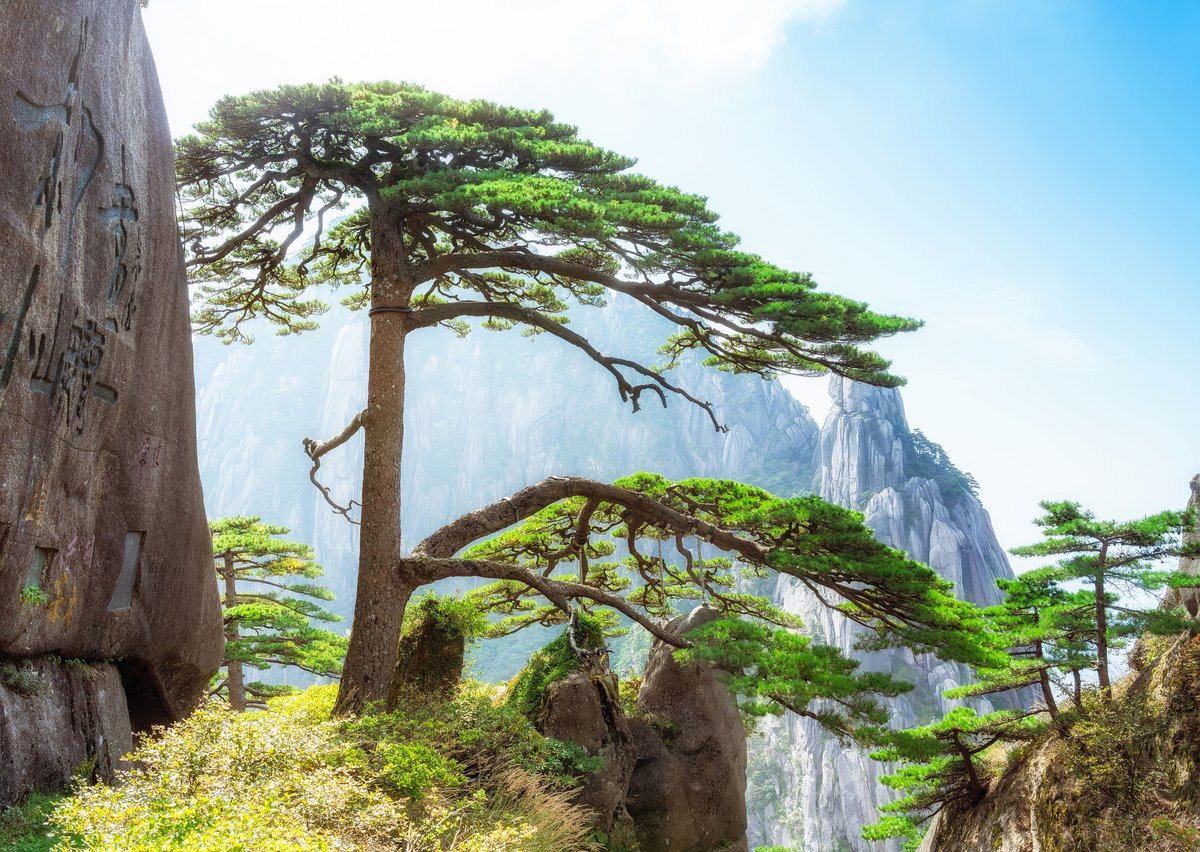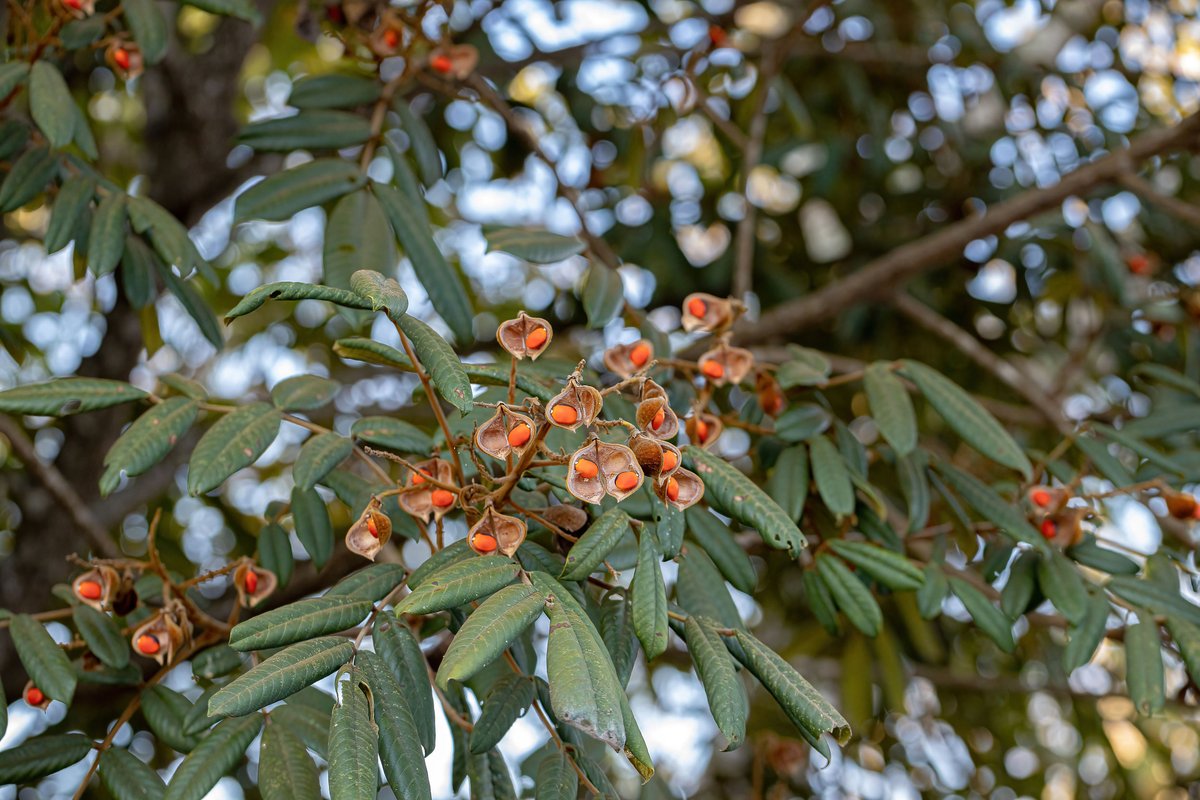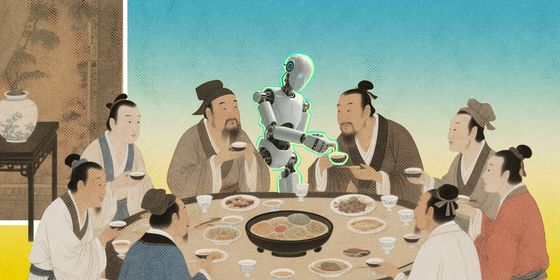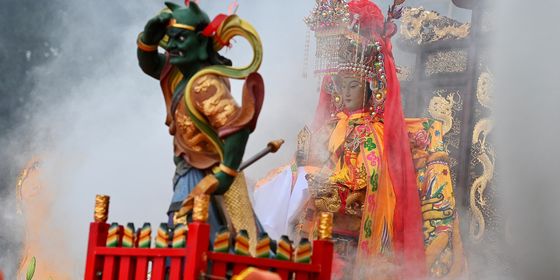Symbolism of eight common trees in Chinese culture
Just as an olive branch stands for peace in Western cultures, various trees in China have special meanings, symbolizing everything from family and romantic love to political status and divine power.
The cultural and ecological importance of trees is even officially recognized every March 12, which is designated as China’s Arbor Day, or 植树节 (Zhíshùjié), a holiday for planting trees. For decades, many public schools, universities, and companies have organized tree-planting trips around the city or in the suburbs to make the planet a little greener.
China’s Arbor Day was first established in 1915. Faced with serious deforestation across the country and inspired by environmental protection measures in the US, a group of foresters sent a proposal to the Republican government to make the traditional Qingming Festival also a tree-planting day. Sun Yat-sen, the revolutionary founding father of the Republic of China, supported the plan and it soon became official policy. In 1928, three years after Sun’s death, the Republic government decided to move Arbor Day to March 12, in memory of his passing. The PRC government officially continued the tradition by making the day a national holiday in 1979.
Trees also have ancient cultural significance. Lights resembling willow twigs, traditional symbols of the sorrow felt in a farewell, appeared in the recent closing ceremony of the 2022 Beijing Winter Olympic Games. The 1,300-year-old “Guest-Greeting Pine,” or 迎客松 (yíngkèsōng), was also recreated with fireworks to greet international athletes during the opening ceremony. Here are the meanings behind various types of trees in Chinese culture:
Pine
Found across China, the evergreen tree stands for integrity, perseverance, and longevity. Traditionally, pine, bamboo, and plum blossoms were regarded as the “Three Companions of Winter” among literati, who admired these plants’ ability to survive the cold and thrive in harsh conditions. Tang dynasty (618 – 907) poet Li Bai (李白) once wrote, “Pines and cypresses are proud and upright in nature, and don’t put on a sweet appearance catering to the masses like peach or prune blossoms (松柏本孤直, 难为桃李颜).”
The pine as a symbol of greeting is a relatively new phenomenon and attributed only to pine trees of a certain shape, with branches extending like open arms. The original “Guest-Greeting Pine” is a ten-meter-tall, 1,300-year-old tree growing on a rocky cliff atop Mount Huang in Anhui province. A series of photographs taken by travelers in the early 20th century captured its unique bearing: huge branches extended horizontally, inviting visitors to explore the natural beauty of the mountain. The pine became an iconic image of the province and a symbol of welcome to guests.
Willow
Willow, or 柳 (liǔ) in Chinese, has a similar pronunciation to 留 (liú, stay), and is associated with the sorrow of having to say goodbye. The poem “Caiwei (《采薇》),” recorded in the Classic of Poetry, the earliest Chinese poetry collection completed 3,000 years ago, depicted a soldier setting off to guard the kingdom’s border: “When we set out, the willows swung softly in the breeze.”
Read more:
Willow twigs were offered as parting gifts during the Western Han dynasty (206 BCE – 25 CE) in the capital city, Chang’an. Locals often saw friends off by the Ba Bridge in the eastern suburbs, where willows lined the river banks. The custom continued into the Tang dynasty, when countless poets composed farewell-themed verses that further spread the symbolism of willow trees. One classic example is by poet Wang Wei (王维), titled “Farewell to Yuan’er on the Journey to Anxi (《送元二使安西》)”:
The morning rain of Wei city damps light dust.
Greener is the guest-house yard with fresh willows.
I implore you, sir, to empty one more cup of wine,
For you will have no old friends west of the Yang Pass.
- Translated by Ming Dong Gu, with revisions
Mulberry Tree and Chinese Catalpa
Native to China, mulberry trees (桑 sāng) and Chinese catalpa (梓 zǐ) represent a person’s hometown when used together in the phrase sangzi (桑梓). Because both trees played important practical roles in ancient everyday life, they were often planted close to residences: mulberry trees are essential for raising silkworms; the Chinese catalpa provides wood for furniture and tools, while its bark and leaves serve as medicine and pest repellent. In a poem titled “Hearing an Oriole (《闻黄鹂》),” Tang literatus Liu Zongyuan (柳宗元) was struck by homesickness while traveling, and wrote: “What brings a bird from my hometown here? Sang and zi trees came into my mind.”
Red Bean Tree and Chinese Parasol Tree
The red bean tree (红豆树), the Chinese name for Ormosia hosiei and several related species, symbolizes love and yearning. Its seeds, which look like bright red beans, were said to be the tears wept by a woman whose husband died as a soldier guarding the border, according to Records of Old and New Poetry Talks (《古今诗话录》) by Northern Song scholar Li Qi (李颀). Often sent as tokens of love to a long-distance lover in ancient China, these beans were also popular materials for bracelets or imbedded in other jewelry and handicrafts. Tang poet Wang Wei (王维) famously captured the sentiment behind the tree with his poem “Love Seeds (《相思》)”:
The red bean grows in the southern lands,
With spring its slender tendrils twine.
Gather for me some more, I pray,
Of fond remembrance ‘tis the sign.
- Translated by W.J.B. Fletcher, “Gems of Chinese Verses,” Commercial Press, 1919
Though they can live for over a thousand years, the red bean tree has been listed as an endangered species in China since 1999 due to over-harvesting for its seeds and timber.
Another love tree, the Chinese parasol tree, or wutong (梧桐), stands for devotion. Ancient Chinese mythology says that phoenixes only rest on Chinese parasol trees, giving them a magical and auspicious quality. From the Han to the Tang dynasty, writers began to associate wutong with devoted couples. Ancient Chinese also believed that wu and tong are the male and female versions of the same tree. As a couple, they grow side by side, as depicted in the “Song of a Virtuous Woman (《烈女操》)” by Tang poet, Meng Jiao (孟郊): “Wutong stay with each other for life; yuanyang [male and female Mandarin ducks] die together in the end.”
Chinese Scholar Tree
The Chinese scholar tree (槐树) is associated with both scholars and politicians. Indeed, for much of China’s ancient history, these were often the same people, since government officials were selected through imperial exams that tested their knowledge of the classics. According to Rites of Zhou (《周礼》), records of the official customs of the Western Zhou dynasty (1046 – 771 BCE), Chinese scholar trees were planted in the royal courtyard to mark the area reserved for meetings of dukes, the highest-ranking aristocrats.
The tree naturally became a lucky charm for young scholars with political aspirations. Northern Song dynasty polymath and statesman, Shen Kuo (沈括), recorded an anecdote in his encyclopedic anthology, Dream Pool Essay (《梦溪笔谈》), in which members of the imperial Hanlin Academy competed to live in a dormitory nicknamed the “Scholar Tree Hall,” which earned its name from the giant scholar tree growing in front of the building. These supposedly learned individuals would toss each other’s luggage out to secure their own spot inside.
Fragrant Maple
In Tang poetry, maple trees are often associated with fall scenery, loneliness, and sorrow. But people of the Miao ethnic group have worshiped the fragrant maple tree (枫香树) as their ancestral tree for thousands of years. According to the Miao creation myth recorded in the “Ancient Songs of Miao (《苗族古歌》),” a set of narrative songs passed down orally through generations in southeastern Guizhou, the ”Butterfly Mother” was born from the core of a divine fragrant maple tree. She then laid 12 eggs, from which gods, humans, and animals hatched. Miao people often plant fragrant maples around their villages for blessings and protection, while patterns of the fragrant maple are a common motif in traditional Miao embroidery and jewelry.





